Procurement Process Flowchart
I want a process for purchasing goods and services...
What is it?
Each organization’s procurement process is unique and designed to suit its specific context and operations. Whatever specific system an organization has, the procurement process is made up of three components, which FMD Pro calls the 3 ‘Ps’ of procurement:
- Process – describes the steps and rules that must be followed when ordering, receiving and paying for goods and services. We would use a simpler process to buy small items, such as stationery, and a more complex process to purchase high value items like a vehicle.
- People – identifies the names and job titles of people who can initiate and/or authorize each stage of the process. The higher the value and risk in the purchase, the more people should be involved, to protect the process from fraudulent activity and to get the best value for money.
- Paperwork – each stage of the process generates paperwork and supporting documentation, all of which should be retained and filed together for each transaction (for reference and audit purposes).
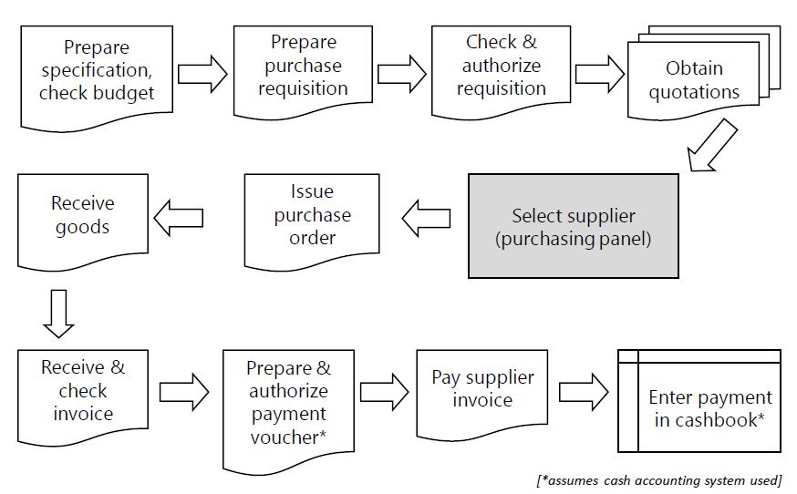
How do I use it?
The following scenario from UNITAS explains how the procurement process flow chart is employed in its Delta River Project.
Amira and her project team buy goods and services on a regular basis to achieve project objectives and goals. Most purchases are small, such as office supplies, training materials, water testing kits and items to maintain vehicles. But the team also needs to buy more expensive items, including a photocopier for the office and a new vehicle.
As a high value item, the purchase of the vehicle requires a more detailed process to promote transparency, ensure the best use of project resources and manage the risk of fraud. Amira and the team have used the procurement process flowchart to guide them in setting up the steps for the project’s procurement system.
After determining the specification for the vehicle, Amira makes sure that there is sufficient money available in the budget and then she submits an official purchase requisition to obtain the authorization she needs to go ahead with the purchase. Once the requisition is signed off, the next step is to obtain quotations from suppliers for vehicles that meet the specification. The quotes are then reviewed by a purchasing panel, which then selects the preferred supplier.
Amira is how halfway through the process. A purchase order is then issued to the supplier, which forms the contract between UNITAS and the vehicle supplier. When the vehicle is delivered, the team checks the vehicle is in full working order and reviews the paperwork, to ensure that the vehicle meets the required specification. The team checks the invoice shows the correct price and is in line with the terms from the purchase order and quotation. Finally, Amira submits the invoice for approval and payment.
When do I use it?
Most procurement transactions will take place during project implementation, but the rules and processes for procurement are decided beforehand, during the project setup and planning phases. This is when the internal control system for procurement is established and the levels of authority are agreed for the different job roles and purchase types related to the project.
Who is involved?
The procurement process is built around the principle of separation (or segregation) of duties and incorporates delegated authority rules, to ensure proper internal controls. Sharing responsibilities between different people, and ensuring there is a range of checks, protects those involved in the process and minimizes the opportunity for fraud or collusion with suppliers.
The higher the value of a transaction, the more people (and steps) will need to be completed. For example, a project team member may have authority to purchase smaller items up to a certain value, followed by the budget holder’s approval of expenditure and the finance team recording the transaction in the cashbook. More expensive items will require multiple quotations from different suppliers, and a panel of authorized staff from different teams will choose the supplier, to ensure the organization gets the best deal. The purchase will be authorized at a higher level of authority and there will be more supporting documents attached to the invoice, which is passed to the finance team to make the payment and record the transaction in the books of account.
Tips:
Supported & Developed by:
Shared by:
Users are free to copy/redistribute and adapt/transform
for non-commercial purposes.
© 2022 All rights reserved.








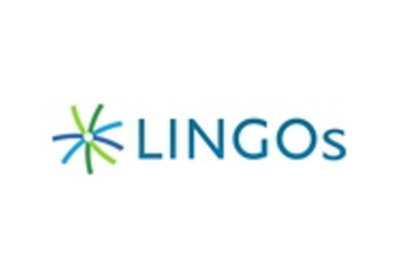
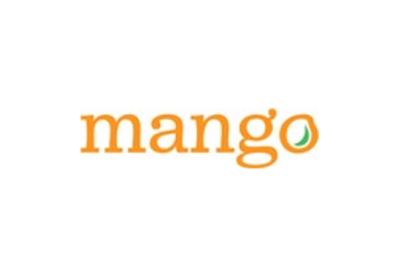


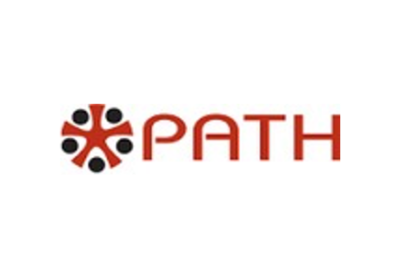


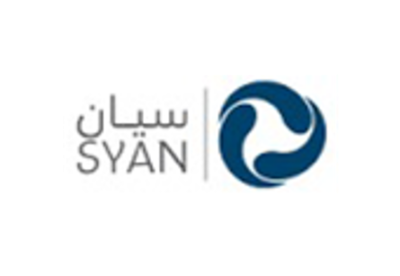
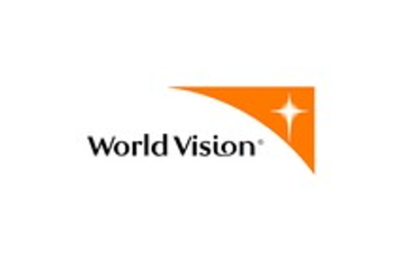


 .
.